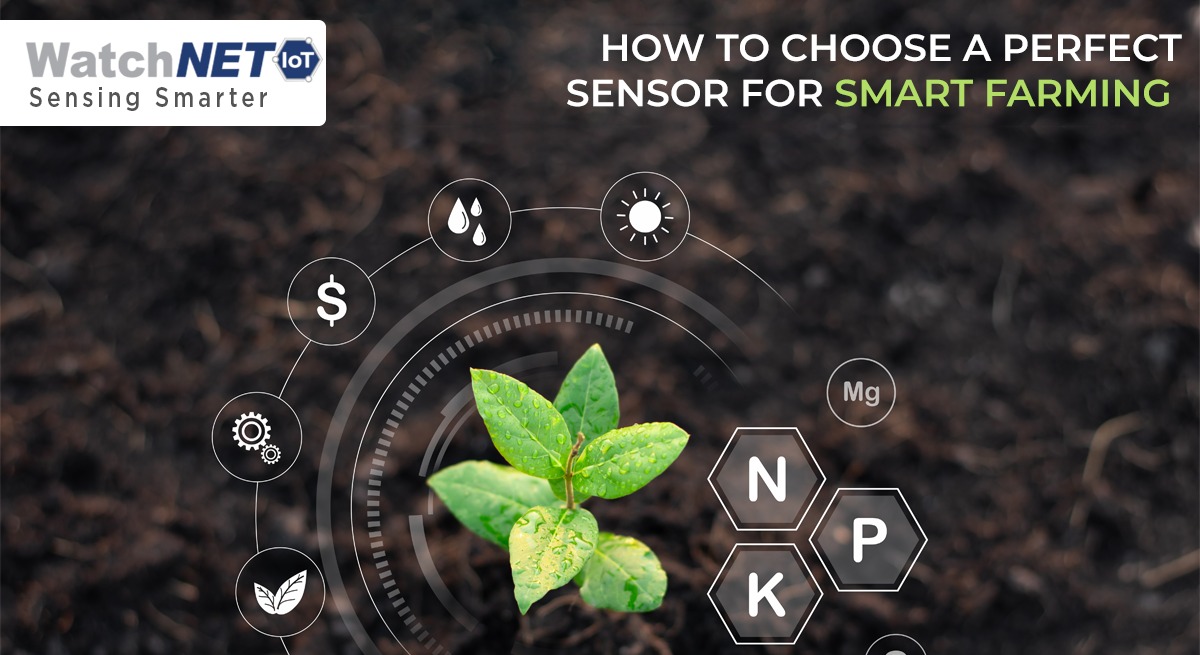
Agriculture, the backbone of the Indian economy, contributes to the overall economic growth of the country. Most people living in the rural areas are dependent on it for their survival. Agriculture is the foundation for human beings as it is the main source of food and it plays an important role in the development of country’s economy. Hence, it is essential to increase the productivity of the agricultural and farming processes to improve yields and cost effectiveness with new technologies such as the IoT (InternetofThings).
Why Internet of Things for Agriculture?
Technological revolution integrates the development of smart devices and IoT services. The IoT (InternetofThings) is a combination of worldwide data, which is an integral component of the future, and focuses majorly on automation of processes by lessening human interaction. It opens the door wide for smart farming solutions to increase production. Through IoT, farmers are provided with historical and real time data for predicting soil quality, weather conditions and crop’s health and other requirements right from seeding to selling the produce. Its major focus is to make the process moreefficient and effective by reducing the intervention of human interactions and cut down on unnecessary labour costs, power consumption and water consumption.
Effectiveness of IoT
IoT-based smart farming bonds and entwines distinctive sensors, associated gadgets, and cultivating offices by streamlining the advancement of keen cultivating frameworks to the greatest degree conceivable. It is a structure that is maintained for checking and monitoring the field with the assistance of sensors and computerization of the agricultural system. It helps reshape agricultural tactics in various ways with the help of sensors that are applied to monitor and avail plentiful of quick information like the temperature of storage, a measure of compost utilized, underground water levels, the number of seeds planted, capacity conditions, the status of cultivating gear and apparatus used, etc.
An ideal IoT device consists of the following components:
- Input/output interface for sensors
- Interface for connecting to Internet
- Interface for memory and storage
- Interface for audio/video
Some of the other aspects through which Internet of Things aids technology are
- Wireless Sensors Network
- Cloud Computing
- Security and Communication Protocols
- Data Analysis and Web Services
Let us look into some of the applications of IoT for agricultural requirements and the appropriate devices used for the same;
- Crop Water Management
In order to perform agricultural activities in an efficient way, sufficient water and its management is vital. Through Web Mapping services and Sensor Observation services, water management is taken care of for irrigation purposes avoiding wastage.
- Weather Monitoring
Accurately monitoring weather conditions is essential for reducing Crop damage. Through climate and humidity check sensors we get real time data for forecasting weather. Watchnet Air and Temperature Sensor
- Pest Management
Through IoT application in agriculture, farmers can have a continuous soil check through sensors for identifying temperature, moisture, plant growth and level of pests .Watchnet Soil Moisture Sensors
- Food Production and Management
This is more appropriately indicating the maintenance of warehouse and storage containers for shipping purposes where temperatures are monitored continuously through cloud based computing and recording systems .Watchnet Cloud support
- Auto Irrigation
Through automation, a larger area of agricultural land could be covered for the purpose of custom irrigation which can be accessed from a single end with the help of sensors networked throughout. Watchnet Ultimate Agriculture Sensor
With the need to meet the requirements of the growing population, it is integral to move on to faster but smarter ways to increase the productivity efficientlyto match the demand – supply ratio. The execution of new practices for providing high-quality and greater yields is crucial. Various farming methods teamed with automation and technical support aid an effective way of production. For the same, it is essential to monitor the farmlands for better cultivation and less wastage of resources.

